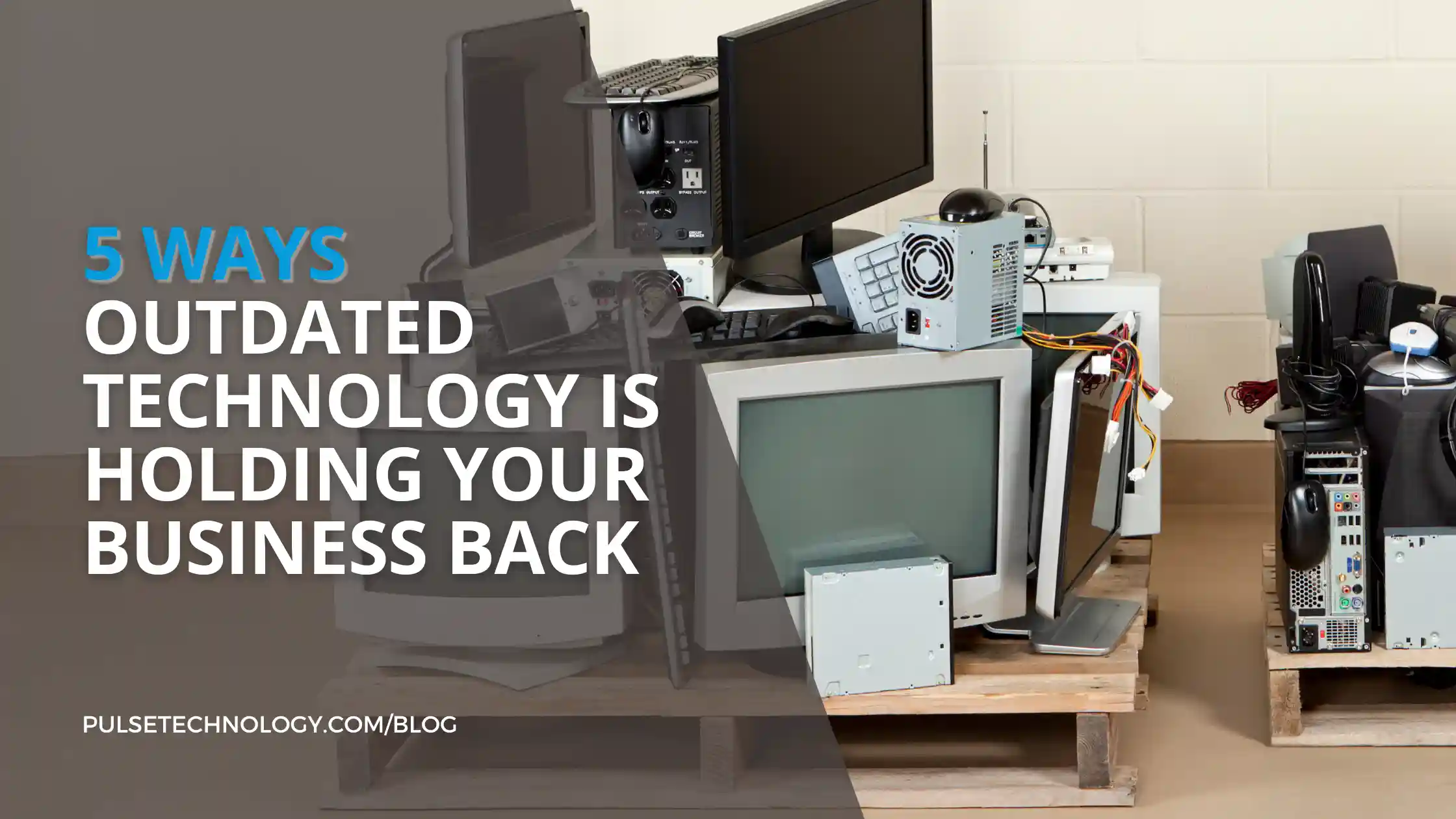What is Managed IT?
We have written a great deal about cybersecurity awareness these last weeks, and it seems fitting that we continue the conversation with an overview of the term “Managed IT,” what it means, and why it may be the best choice for businesses and organizations.
There is sometimes a temptation among business owners and entrepreneurs to adopt that “do it yourself” mentality, even with IT matters. Sometimes the desire is driven by budgetary concerns, and sometimes it may be the desire to understand and control all aspects of a business. Read more on Internal IT vs. Managed Services
Some tasks, however, are better left to the professionals – such as flying a jet, performing open heart surgery, and completing a winning pass at the Super Bowl. And increasingly, the idea of protecting your network, infrastructure and valued information should also fall into that category of being left to the professionals. That’s where a Managed IT program comes in to play.
What exactly, then, is Managed IT?
At its simplest, “Managed IT” means that a company outsources its IT needs to a third-party expert as opposed to attempting to perform these services internally. Today’s complex IT landscape often dictates that bringing in outside experts to oversee the process is both effective and efficient.
Managed IT is a group of services delivered to a client by a Managed Services Provider (MSP), who will manage an organization’s network. The provider is responsible for providing these business technology services to its clients. Managed IT services can vary depending on the organization’s needs. Common services include the monitoring and maintenance of equipment, IT systems management, remote monitoring and management of servers, network monitoring, and other support services.
Career/recruiting website zippia.com estimates that 37% of small businesses in the United States outsource their IT services entirely.
451 Research puts the number higher, saying that a recent survey showed that 45% of larger businesses plan to partner with a managed security services provider and 42% deploy additional security software to protect data and applications in the cloud. As a result, the industry itself is shifting. These numbers are sure to grow as the IT landscape becomes even more complex. A statistic from GrandViewResearch says that the goal IT services market (in house and provided by third parties) was forecast to reach $1364 billion worldwide.

Managed IT can follow two basic business models
- The “break-fix” model where the company in need calls a provider for specific one-off repairs
- The on ongoing program where managed service providers take a more proactive approach to maintenance and management, which can include patch management and predictive maintenance. The premise behind this is that it is easier to catch a problem when it is small and before it becomes a big problem.
Under the ongoing arrangement, the MSP is responsible for how the IT service and equipment functions. Typically, clients pay a monthly fee for this service. While each Managed IT program may vary in size and scope, the biggest overriding advantage is that it transfers the responsibility for the IT/infrastructure from the company to this outsourced provider.

The role of the Managed IT provider continues to evolve as threats become more complex. We can trace the role of the MSP and Managed IT to the 1990s with the emergence of application service providers (ASPs), which offered a level of service for remote application hosting. ASPs led the way forward for cloud computing, and then the present-day MSPs who provide remote support for customers and their IT infrastructure.
Services typically in a Managed IT agreement include
- Overseeing a company’s network security
- Assessing risk and taking steps to mitigate it
- Data storage (often cloud)
- Network monitoring and testing (may include penetration testing)
- Overseeing upgrades in software
- Technical support
- Performance monitoring
- Technical support through a help desk
- Software patches
Learn more about Pulse's Managed IT Services
The biggest advantages to having a Managed IT provider (MSP) for a business
- You have a partner who is up to speed on the latest protections against potential intrusions into your system
- Your MSP does this for a living and knows what to look for and how to mitigate it
- An agreement with an MSP is generally a flat fee or fixed rate which allows the company to budget
- Having an MSP overseeing your network also allows you to allocate your resources where they are needed best – building your business. See 8 Reasons Why Businesses Need Managed IT
If there is one overriding conclusion you should draw from this article, it’s that it is very important to do everything you can to protect your business or organization and its infrastructure. If you have questions or would like to know more, please contact us here or give us a call at (888) 357-4277. We’re here to help!
Learn more about Managed IT Services




